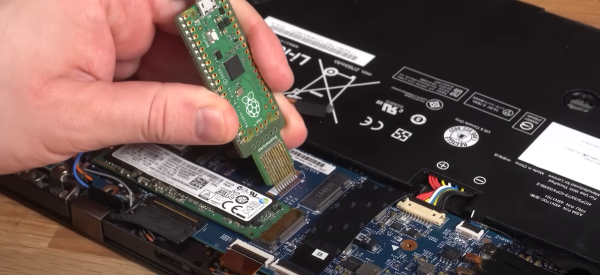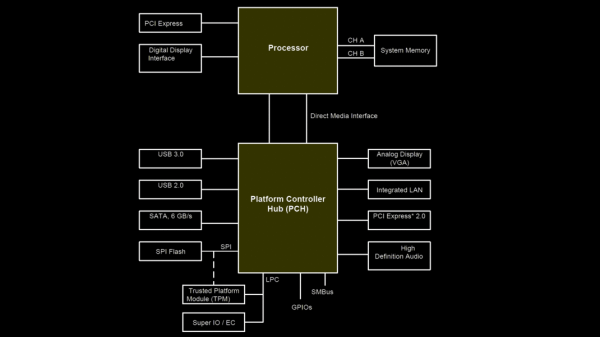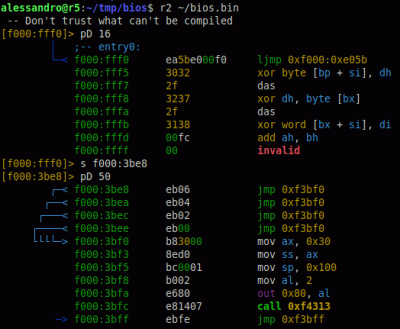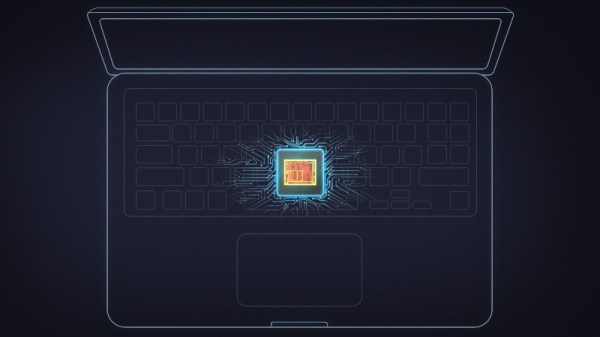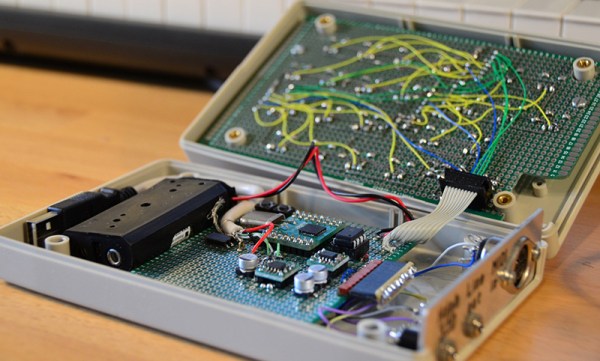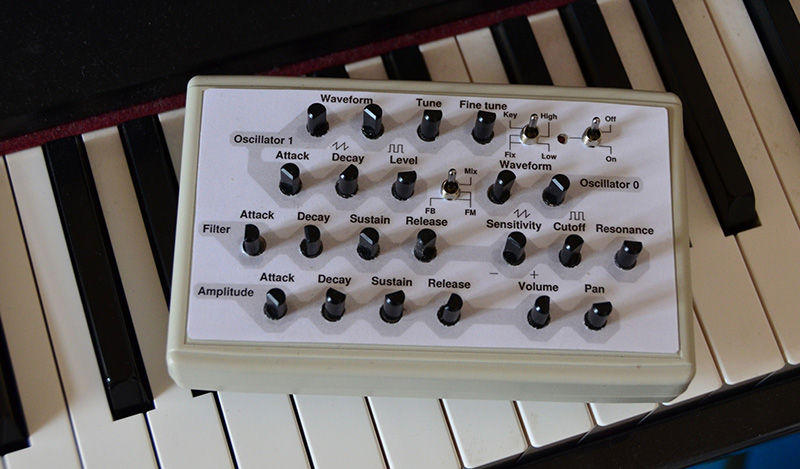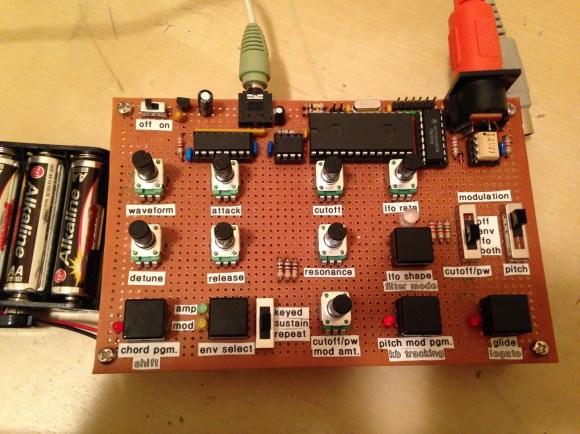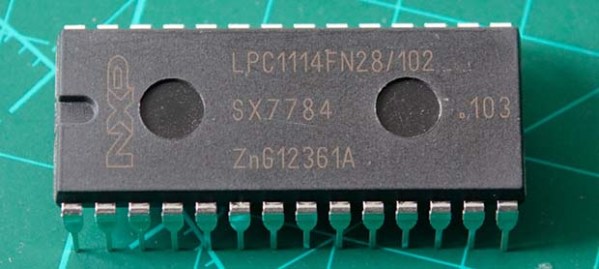How long does it take to steal your Bitlocker keys? Try 43 seconds, using less than $10 in hardware. Encrypting your hard drive is good security. If you’re running Windows, the most popular system is BitLocker, which has come with Windows since Vista. We’ve known for some time that Bitlocker could be defeated with direct access to the hardware. Microsoft claims that the process requires an attacker with skill and lengthy access to the hardware. [Stacksmashing] wanted to define lengthy, so he gave it a try. The result is a shockingly fast attack.
Anyone who uses Windows has probably run into Bitlocker. Your hard drive is encrypted, and Bitlocker runs silently in the background, decrypting data on demand. The problem is key storage. In a simplified sense, encryption keys are stored in the Trusted Platform Module (TPM). When your computer boots, it reads the key from the TPM over the LPC (low pin count) bus, which is one of the last remnants of the original ISA bus.

